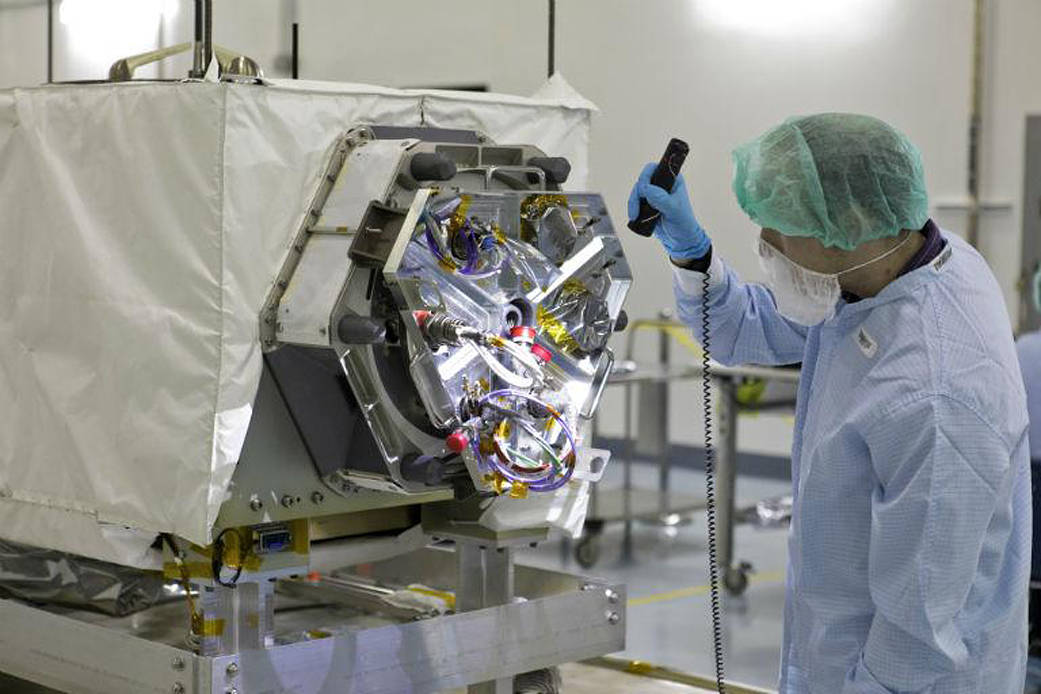NASA's OSIRIS-REx Asteroid Sample Canister: A Scientific Treasure Trove
The OSIRIS-REx mission, spanning seven years, concluded on September 24 when it returned to Earth, covering a remarkable distance of approximately 3.86 billion miles. NASA aptly describes the canister containing the asteroid sample as a "scientific treasure box." This invaluable cargo was transported to NASA's Johnson Space Center in Houston, where a specialized clean room was prepared for the meticulous analysis of this cosmic material.

In a recent examination of the sample collected from the near-Earth asteroid Bennu by NASA's OSIRIS-REx mission, scientists made an exciting discovery. Within the canister that holds a portion of the asteroid's material, they found a dark, fine-grained substance. This unexpected find is anticipated to yield valuable insights into Bennu before the primary sample is thoroughly analyzed.
Asteroids, being remnants of the early solar system, offer a unique window into the formation of planets. Moreover, they can pose potential threats to Earth, underscoring the significance of comprehending their composition and trajectories, which is essential for devising strategies to deflect any hazardous space rocks on collision courses.
In October 2020, the OSIRIS-REx mission employed its Touch-and-Go Sample Acquisition Mechanism (TAGSAM) head to collect a sample from the surface of Bennu. The process proved to be more abundant than expected, with particles even drifting into space before being securely stored within the canister. This abundance of material has, in fact, extended the time required for its collection, a "problem" that researchers welcome with enthusiasm.
Christopher Snead, the deputy OSIRIS-REx curation lead, commented, "The very best 'problem' to have is that there is so much material, it’s taking longer than we expected to collect it." He also noted the presence of interesting material outside the TAGSAM head, further adding to the excitement surrounding this mission.
The eagerly awaited asteroid sample will be unveiled on October 11 during a live NASA broadcast. Scientists will carefully disassemble the TAGSAM head within a specialized glovebox, revealing initial findings from the Bennu material. Lindsay Keller, a member of the OSIRIS-REx sample analysis team, expressed their intent to employ various microanalytical techniques to scrutinize the material at an atomic scale.
Furthermore, the research team plans to employ scanning electron microscopes, X-rays, and infrared instruments to discern the chemical composition of Bennu's collected material, with a focus on detecting hydrated minerals or organic particles. These instruments will also provide insights into the mineral abundance on the asteroid.
The initial analysis is expected to provide researchers with a clearer picture of what to anticipate from the bulk sample gathered from Bennu. Scientists believe that asteroids like Bennu may have played a pivotal role in delivering essential elements, such as water, to Earth during the early stages of our solar system's formation. This discovery holds the potential to answer fundamental questions about the origins of our celestial neighborhood.








